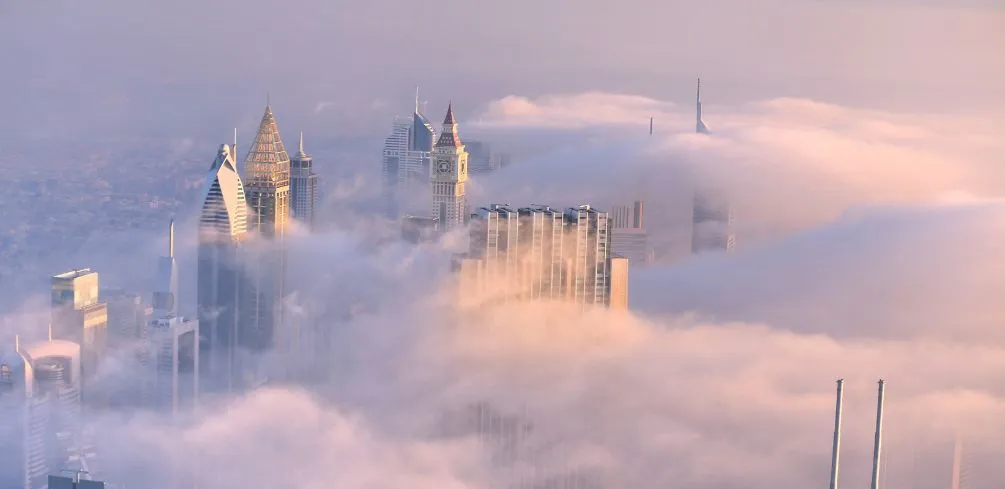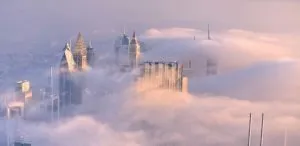When it comes to fog, there are many different types, and each has its own unique characteristics. From mist and haze to freezing fog or steam fog, understanding the differences between these various forms of moisture can help you make an informed decision about how best to use a humidifier or diffuser in your home.
Knowing more about the various types of fog will also give you insight into how they form and why certain areas experience them more often than others. In this blog post, we’ll explore all the different types of fog so you can better understand their properties and uses!
Types of Fog
Fog is a type of cloud that forms close to the ground. It is made up of tiny water droplets suspended in the air and can be seen when light from the sun or moon reflects off these droplets. Fog occurs in many different types and forms depending on how it was created.
Here are a few before we get started:
| Type of Fog | Appearance | How It’s Created |
|---|---|---|
| Radiation Fog | It appears like a layer of cloud lying on the ground. | It’s created by the cooling of land after sunset by thermal radiation in calm conditions with a clear sky. |
| Advection Fog | It typically has a stratus cloud appearance. | It forms when moist air passes over a cool surface by advection (wind) and is cooled. |
| Valley Fog | It forms in mountain valleys, often in a blanket covering the valley floor. | It’s formed as cold air settles into a valley, with enough conditions and moisture to create fog. |
| Upslope Fog | Flat, relatively uniform, and often blankets large areas. | It forms when moist air is forced up a sloped landform. |
| Evaporation Fog (Steam Fog) | It appears as streamers or sea smoke. | It’s caused by cold air passing over warmer water or moist land. |
| Freezing Fog | It appears white and is often rime-encrusted. | It is any kind of fog where the droplets freeze to become ice crystals as soon as they come into contact with a surface. |
| Ice Fog | It is composed of tiny suspended ice crystals and thus appears white. | It occurs only in cold arctic or subarctic regions when the temperature falls below -30 degrees Celsius. |
Advection Fog
Advection fog is formed when warm, moist air moves over a cooler surface such as land or sea. As this warm air cools down, it reaches its dew point and condenses into tiny water droplets forming fog.
This type of fog usually occurs along coastal areas where there are temperature differences between land and sea due to ocean currents. Examples include San Francisco Bay Area’s “June Gloom” and London’s “Pea Soupers.”
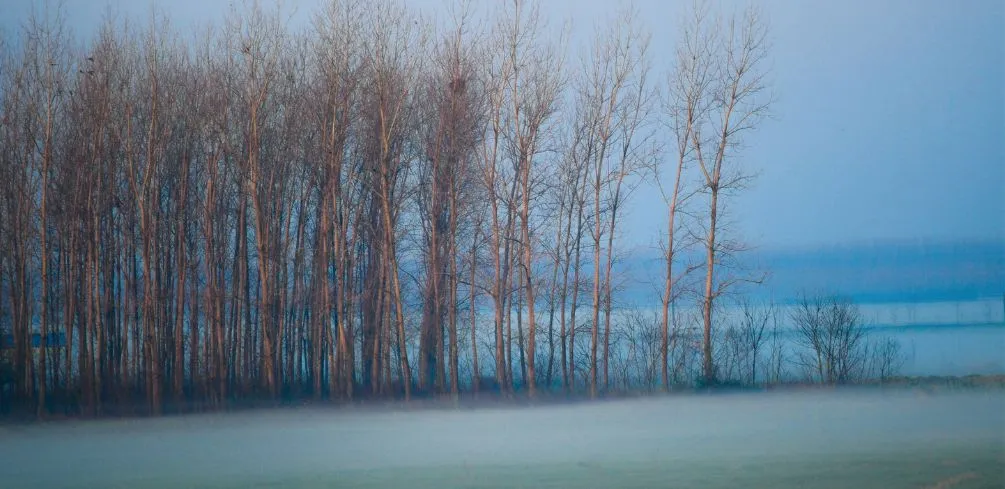
Radiation Fog
Radiation fog forms during clear nights with little wind when radiational cooling causes the air near the ground to become cooler than the surrounding atmosphere. The difference in temperatures causes condensation, which creates radiation fog typically found in valleys, basins, or other low-lying areas like river bottoms or lakeshores.
An example would be valley fogs often seen at night during autumn months in California’s Central Valley region known as Tule Fog.
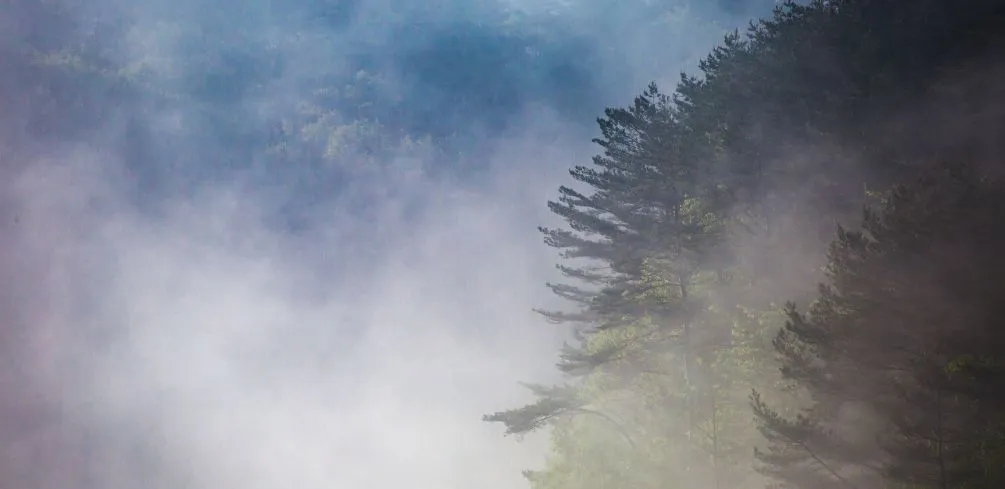
Upslope Fog
Upslope fog develops when winds carry moist air up an incline such as a mountain slope, creating adiabatic cooling, which leads to condensation resulting in an upslope fog most commonly found on mountainsides around sunrise hours before dissipating by mid-morning once temperatures rise again with sunlight exposure.
An example would be clouds clinging to mountaintops like those found on Mount Rainier, located outside Seattle, Washington State.
Fog is an important factor to consider when using a fog machine, humidifier, or diffuser. Knowing the different types of fog can help you better understand how they work and their effects on your environment. Next, we will look at some common uses for these devices.
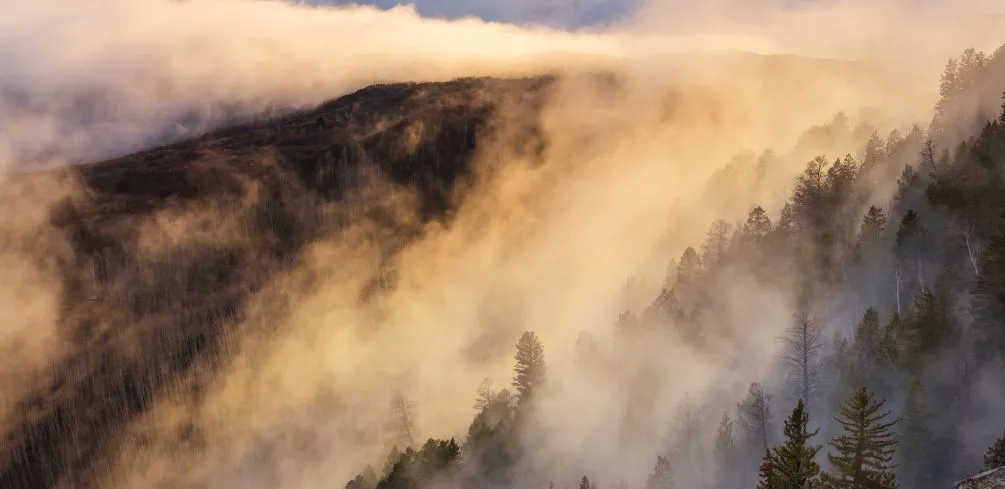
Quick Summary: Fog can form in many different types and forms depending on the environmental conditions. The three main types of fog are advection, radiation, and upslope fog, which occur when warm moist air moves over a cooler surface. Radiational cooling causes condensation near the ground, or winds carry moist air up an incline.
Mist and Haze Fog
Mist and Haze are two terms that are often used interchangeably, but they actually have different meanings. Mist is a type of fog composed of tiny water droplets suspended in the air. It is usually seen near bodies of water or during humid weather conditions.
On the other hand, haze is an atmospheric phenomenon caused by dust particles, smoke, and other pollutants in the air.
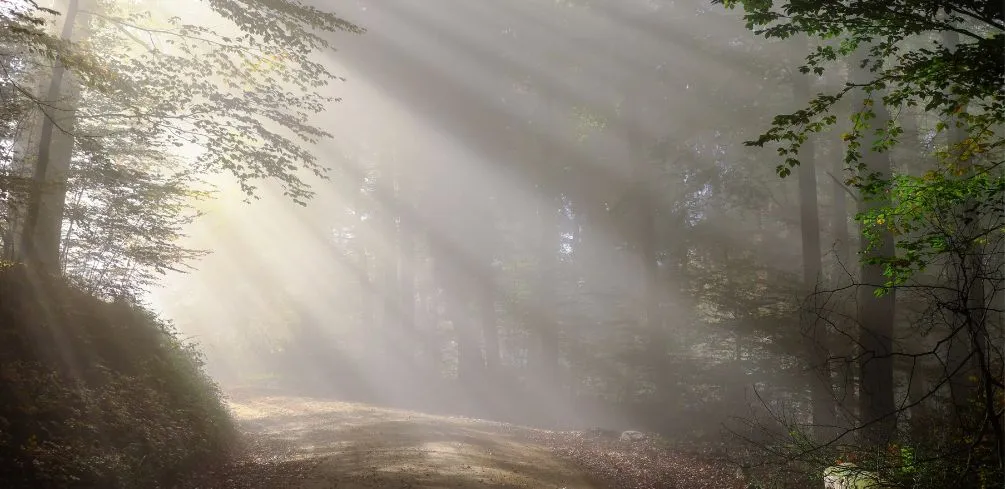
Definition of Mist and Haze:
Mist is a visible aerosol consisting of tiny liquid droplets suspended in the atmosphere above ground level. It typically forms when warm moist air cools quickly as it rises from the surface into cooler regions higher up in the atmosphere.
The most common types of mist include advection fog, radiation fog, upslope fog, and freezing fog.
Haze is an atmospheric phenomenon caused by dust particles, smoke, or other pollutants that reduce visibility to less than 1 km (0.6 miles). It can be found both near large cities with high levels of pollution as well as in rural areas where windblown soil particles contribute to its formation.
Differences between Mist and Haze:
The main difference between mist and haze lies in their composition. In contrast, mist consists mainly of tiny liquid droplets suspended in the atmosphere above ground level, and haze contains solid particulates such as dust particles or smoke, which reduce visibility to less than 1 km (0.6 miles).
Additionally, mist tends to form at lower altitudes, whereas haze generally occurs at higher altitudes due to its reliance on airborne particulates for its formation process.
Causes Of Mist And Haze:
The causes behind mist formation vary depending on geographical location; however, some general factors include temperature differences between land surfaces and nearby bodies of water, humidity levels, wind speed, topography, etc.
As for haze, it is primarily formed through human activities such as burning fossil fuels which release various pollutants into our atmosphere, including carbon dioxide (CO2), nitrogen oxides (NOx), and sulfur dioxide (SO2), among others.
These pollutants mix with moisture present within our atmosphere, creating smog-like conditions leading to reduced visibility over long distances.
Mist and Haze are two different types of fog machines, each with their own distinct characteristics. The next heading will discuss the benefits and drawbacks of using these machines.
Freezing Fog
Freezing Fog is a type of fog that forms when the air temperature is below freezing. It is composed of tiny ice crystals suspended in the air and can be seen as a white or grayish-white cloud near the ground.
The formation of Freezing Fog occurs when warm, moist air passes over an area with temperatures below 0°C (32°F). As this warm, moist air cools, it reaches its dew point and condenses into water droplets which freeze upon contact with surfaces such as trees, buildings, cars, and roads.
The effects of Freezing Fog can be quite dangerous for drivers due to reduced visibility on roads. This type of fog has been known to cause numerous accidents due to its thick nature, which reduces visibility significantly more than other types of fog. In addition to reduced visibility on roads, Freezing Fog also causes frostbite if exposed skin comes into contact with it for too long.
Freezing Fog also affects aircraft operations by reducing visibility during take-offs and landings as well as causing icing on wings and propellers while in flight. Icing can reduce lift capacity resulting in decreased performance or even engine failure if not addressed quickly enough by pilots or maintenance crews before takeoff or landing procedures are initiated.
In conclusion, Freezing Fog is a type of fog that forms when the air temperature drops below freezing point and consists mainly out of tiny ice crystals suspended in the air close to ground level. This can reduce visibility significantly more than other types of fog, making driving conditions hazardous at times. Additionally, this type of fog may affect aircraft operations due to increased icing risks associated with it.
Freezing fog is a unique type of fog that can have significant impacts on the environment and visibility. It is important to understand how it forms and what effects it can have in order to properly use a fog machine or humidifier safely. Next, we will explore other types of fog, such as steam fog and evaporation fog.
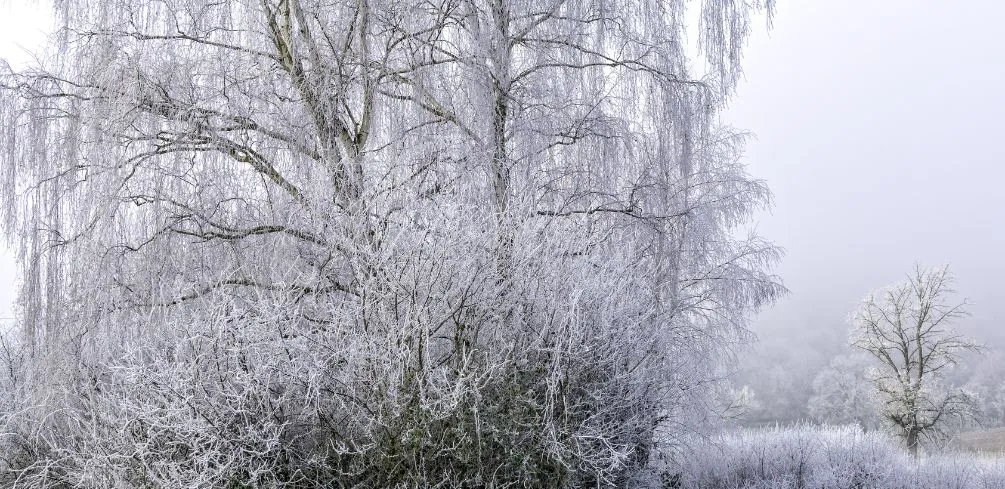
Steam Fog or Evaporation Fog
Steam fog, also known as evaporation fog, is a type of low-lying cloud that forms when warm air passes over cold water or moist land. This occurs when the temperature of the air drops below its dew point, and condensation begins to form in tiny droplets. The result is a thick blanket of steamy mist, which can reduce visibility significantly.
Definition of Steam Fog:
Steam fog is an atmospheric phenomenon caused by warm air passing over cold water or moist land and cooling to the point where it reaches its dew point and condenses into tiny droplets. It appears as a dense layer of mist near ground level and reduces visibility significantly.
Formation Of Steam Fog:
Steam fog forms when warm air passes over cold water or wet surfaces on land, such as grass, mud, snow, etc., causing it to cool down until it reaches its dew point and condenses into tiny droplets, which form clouds close to ground level.
This process usually happens during nighttime when temperatures are lower than during daytime because heat from the sun has dissipated away, leaving colder temperatures behind for moisture in the atmosphere to condense around, creating steam fogs at ground level.
Steam fogs are commonly seen near bodies of water such as lakes, rivers, and oceans. They can also occur on dry land if there is enough moisture present in the soil or vegetation nearby, like grasslands or marshes.
They are most common during autumn months due to cooler temperatures making them more likely to form, but they can occur any time throughout the year depending on local weather conditions such as humidity levels.
Steam or Evaporation fog is a popular choice for creating special effects in many applications. It can be used to create an eerie atmosphere, add texture and depth to any scene, and make an impact on the audience.
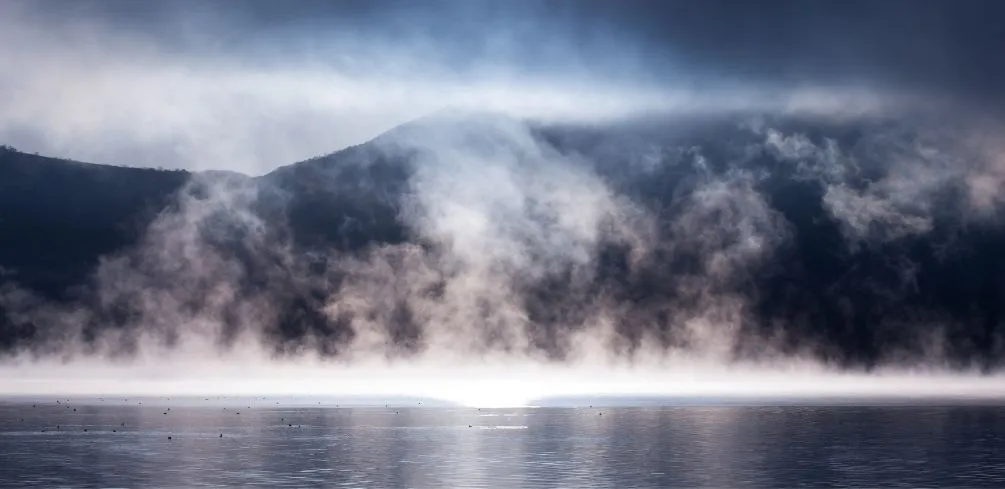
Valley Fog
Valley fog, also known as mountain fog, is a type of fog that forms in valleys and low-lying areas. Valley fogs occur when warm air rises up the sides of mountains or hills and cools off due to its altitude.
This cooling causes condensation to form on particles in the air which creates fog. Valley fogs can be quite thick and persistent depending on the temperature difference between the valley floor and surrounding slopes.
Definition of Valley Fogs:
Valley fogs are created when warm air is forced upslope by winds or other weather systems, such as fronts, causing it to cool down rapidly due to its increased elevation. As this cooler air descends back into the valley, it brings with it moisture from higher elevations creating a layer of dense fog within the valley below.
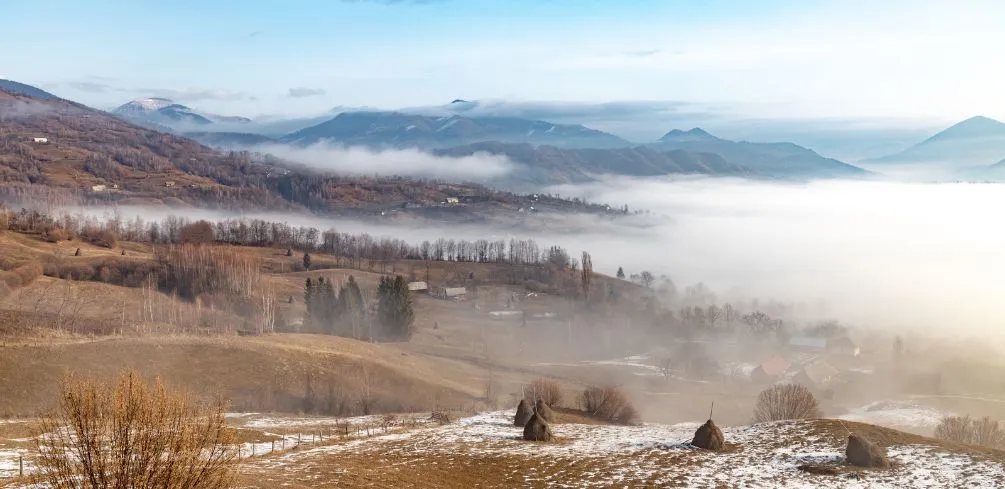
Formation of Valley Fogs:
The formation process for valley fogs begins with an area of high pressure over a mountain range or hillside, which forces warmer air upslope towards higher elevations where temperatures drop quickly due to decreased atmospheric pressure at those altitudes. As this cooled air descends back into lower elevations, moisture droplets become suspended in midair, forming clouds and eventually leading to fog if conditions remain favorable for long enough periods of time.
An example of typical valley fog can be seen in Yosemite National Park during winter months when cold temperatures cause snowmelt runoff from nearby mountainsides resulting in dense patches of white mist lingering throughout many valleys within park boundaries.
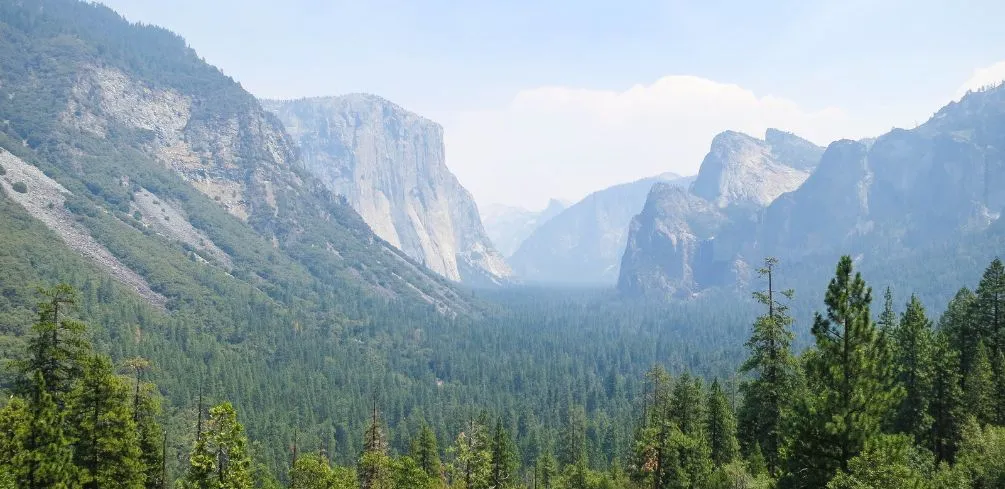
Another example would be along coastal regions near bodies of water such as bays or lakes where morning dew often forms heavy layers of ground-level cloud cover until later hours during daybreak dissipate them completely.
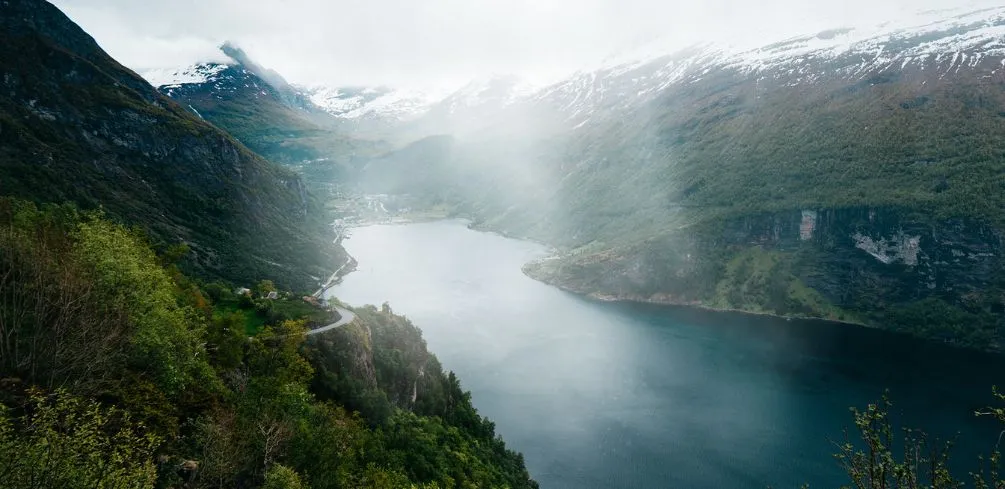
Valley fog are a type of fog that can be found in many places around the world, and understanding its formation is important for those looking to use or purchase fog machines. Next, we will look at sea fog and how they form.
FAQs in Relation to Types of Fog
Conclusion
In conclusion, many different types of fog can occur in the environment. Mist and haze are two common forms of fog that form when water droplets become suspended in the air.
Freezing fog occurs when temperatures drop below freezing and supercooled water droplets freeze on contact with surfaces. Steam or evaporation fogs form when warm moist air rises over cold bodies of water, while valley fogs form due to temperature differences between valleys and surrounding hillsides.
Understanding these various types of fog is important for predicting weather patterns and understanding how they affect our environment.
Are you looking for solutions to repair or maintain your fog machine? Are you curious about the best diffusers and humidifiers on the market? Look no further! Wild Fog is here to provide all of the information that you need.
From detailed product reviews, helpful maintenance tips, and even expert advice from our team of professionals – we’ve got everything that you need in order to make sure your fog machines are working properly at all times.
Please be careful and use at your own risk
None of the authors, contributors, administrators, or anyone else connected with Wild Fog, in any way whatsoever, can be responsible for your use of the information contained in or linked from these web pages.

